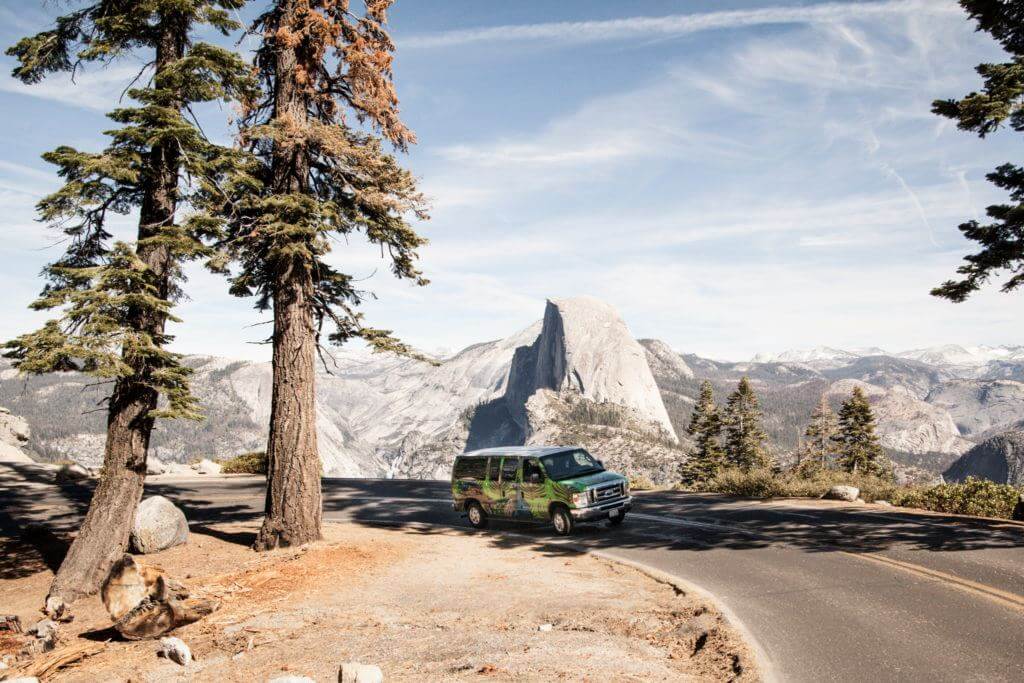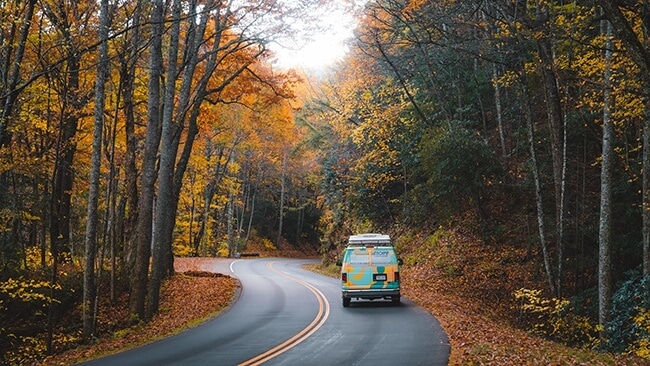National Park Reopening Dates Due to Coronavirus Containment
Uncategorized @en-gb, National Parks, News & Events
It’s a crazy time in the world right now. I don’t know about you, but I’m definitely wishing for the solitude and peace of mind nature provides. If you’re considering practicing social distancing outside, here are some helpful resources to know what parks are open and what parks are best avoided, as well as some alternative ways to enjoy the outdoors. As of now, to play our part in helping to flatten the curve, think twice when road tripping to small towns that have limited resources and hospital beds, in the event that something come up during your travels.

National Park Reopening Dates
For the most up to date information, visit the NPS Public Health website. We’ve highlighted the status of some of the most popular National Parks. Last updated 6/9/2020.
-
- Arches National Park: Phased reopening starting May 29
- Bryce Canyon National Park: Phased reopening starting May 15
- Canyonlands National Park: Phased reopening starting May 29
- Yosemite National Park: REOPENING starting June 11th (with limited visitation)
- Grand Canyon National Park: Phased reopening starting May 15
- Great Smoky Mountains National Park: Phased reopening starting May 9
- Joshua Tree National Park: Campgrounds have reopened
- Yellowstone National Park: Phased reopening starting May 18
- Rocky Mountain National Park: Phased reopening starting May 27
- Zion National Park: Phased reopening starting May 13
State park closures
As of 5/27, the following State Park system campgrounds are closed, delayed opening or are only open for day use to residents: California, Connecticut, Delaware, Hawaii, Idaho, Illinois, Kentucky, Louisiana, Maine, Massachusetts, Michigan, Minnesota, Nevada, New Hampshire, New Jersey, New Mexico, New York, Oregon, Rhode Island, Vermont, Washington, West Virginia, Wisconsin, Wyoming.
Army Corp of Engineer campgrounds will begin a phased reopening being May 15.

Tips for traveling this summer
Keep yourself and others healthy by obeying your local directives.
Follow local, state and federal laws and the Center for Disease Control’s guidelines to stay healthy and slow the spread of the virus.
- Triple check to make sure visitation is allowed.
- Wash hands for at least 20 seconds with soap and water. And wash them often!
- Avoid close contact with others.
- Stay home if you are sick.
- Cover coughs and sneezes.
- Clean and disinfect frequently touched surfaces daily.
- Follow social distancing guidelines if you are around others.
Reference our blog on 11 tips on how to camp responsibly this summer.
Escape Tip!
Buy groceries and gas in a bigger city to preserve those resources in small towns that don’t get shipments as often. Consider visiting a park during its off season or during times of the day when fewer people are out and about, like sunrise!
Dispersed camping or developed campgrounds
As more businesses close, more and more campgrounds close too. Campendium is reporting that 15.6% of US campsites listed on their site are closed as of 3/25. If you live on the road or are still trying to get outside to camp, your safest option is dispersed camping.
Once you are on public lands, you can pick a spot to camp that isn’t blocking a road and isn’t close to water. Some other laws vary depending on what agency manages the land. Check the BLM and National Forest Service websites for more rules. Be sure to double-check your map, make sure you don’t see a “No camping” sign and try to pick a spot someone else has clearly camped recently (I look for tire tracks and/or a fire ring made of rocks). Generally, you cannot stay for more than 14 days. Always remember to pack out your trash and leave no trace!
Support your parks and local businesses
This virus is hitting businesses and economies hard worldwide. The small towns outside of parks rely on tourism, so visiting and not buying a souvenir can have an impact on local economies. Try ordering takeout at a local restaurant or purchasing a gift card online or via phone. Consider donating to the National Park Foundation. Give the local chamber of commerce or tourism association a call to see how you can help.
